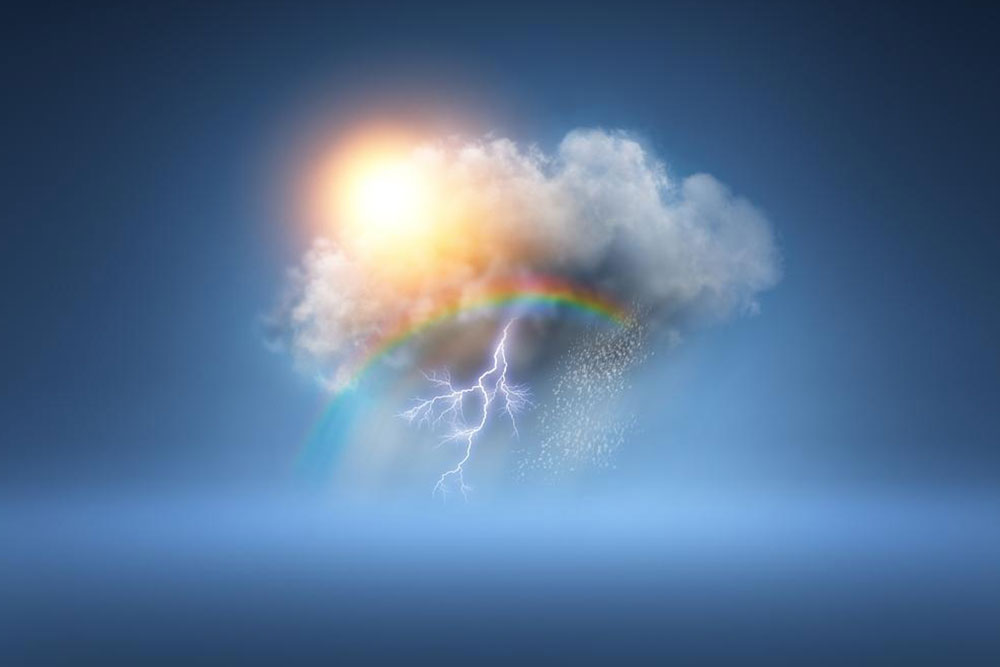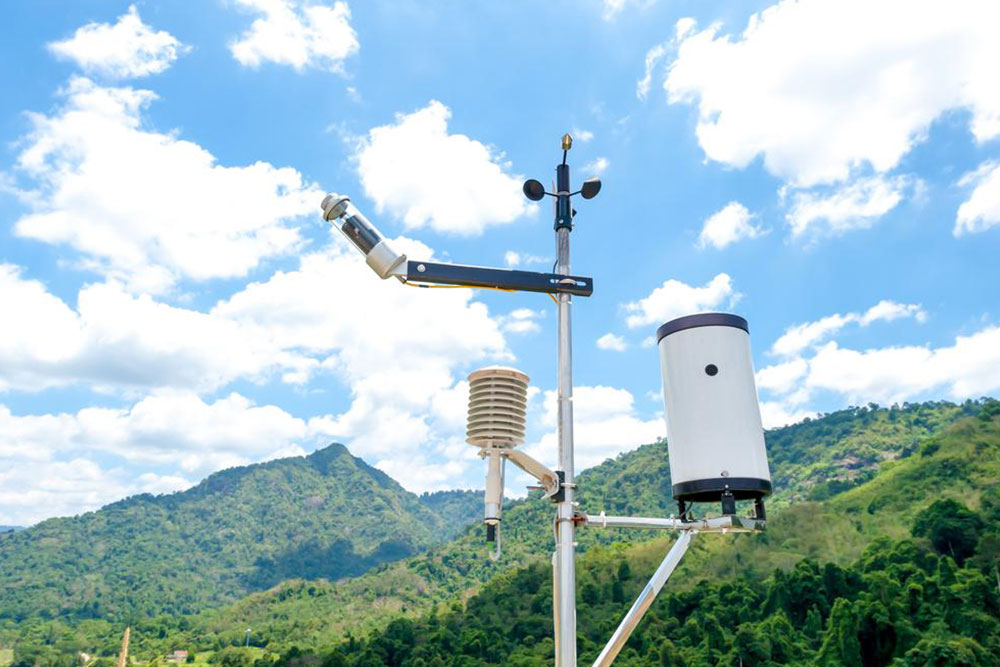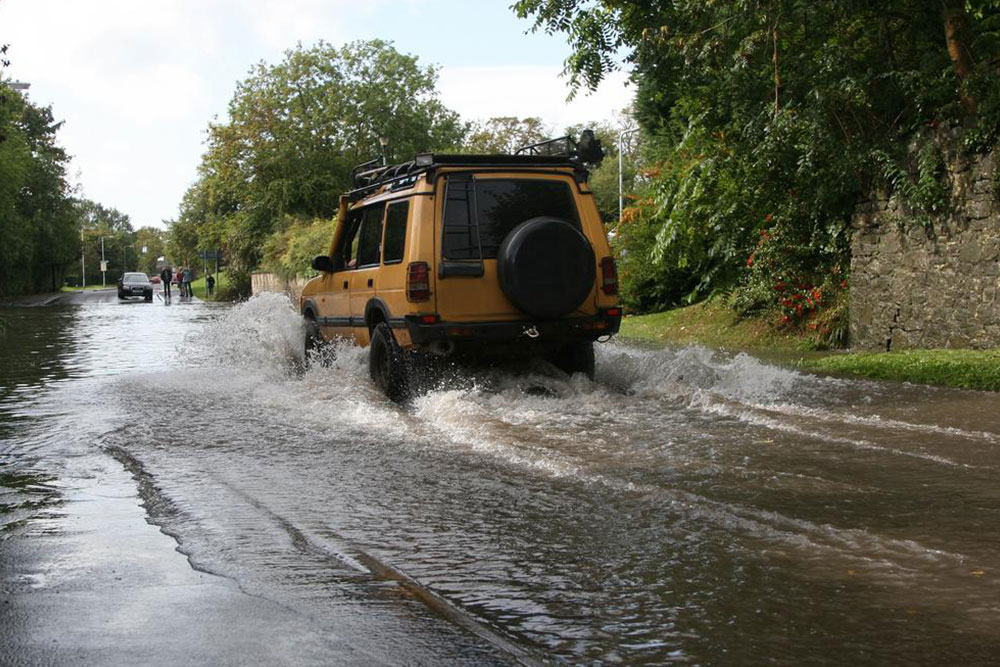Understanding the Formation of Weather Patterns
Discover how weather forms and the key factors influencing daily atmospheric conditions. Understand the role of Earth's tilt, solar energy, and atmospheric variables in creating the weather patterns we experience. This insight helps clarify phenomena like seasons, storms, and climate differences across regions.

Understanding How Weather Develops
Weather emerges as a result of atmospheric processes, characterized by variations such as hot or cold, humid or dry, calm or turbulent, and clear or cloudy conditions. These phenomena take place primarily in the troposphere, the lowest layer of the atmosphere. Weather describes daily fluctuations in temperature and precipitation, distinguishing it from climate, which reflects long-term atmospheric trends. Key factors shaping weather include differences in air pressure, temperature, and humidity, all influenced by the sun’s angle, which varies with latitude.
Common weather phenomena encompass wind, clouds, rain, snow, fog, and dust storms. Extreme weather events like tornadoes, hurricanes, typhoons, and blizzards are also linked to atmospheric conditions. Variations in air pressure, temperature, and moisture lead to these events. For instance, the lower the sun’s angle over an area, the cooler it tends to be because sunlight covers a broader surface. This explains significant temperature differences between polar and tropical zones.
Seasonal weather changes, such as monsoons and thunderstorms, are driven by Earth’s axial tilt. During certain months, the northern hemisphere tilts toward the sun, resulting in more direct sunlight and warmer temperatures, creating seasons that shift as the planet’s tilt changes over time. Solar energy absorption by Earth varies with weather conditions, with clouds and precipitation affecting the distribution of heat. Higher elevations generally experience cooler temperatures due to altitude, though under certain conditions, they can become warmer than lower regions.
Note:
Our blog covers a wide range of topics, providing informative and actionable content. While our research and data aim to enhance understanding, readers should consider these articles as educational resources rather than definitive sources. We disclaim responsibility for discrepancies or inaccuracies across external platforms and acknowledge that certain schemes or offers might be missing from our coverage. Use our content as a helpful guide but always verify critical information from trusted sources.







